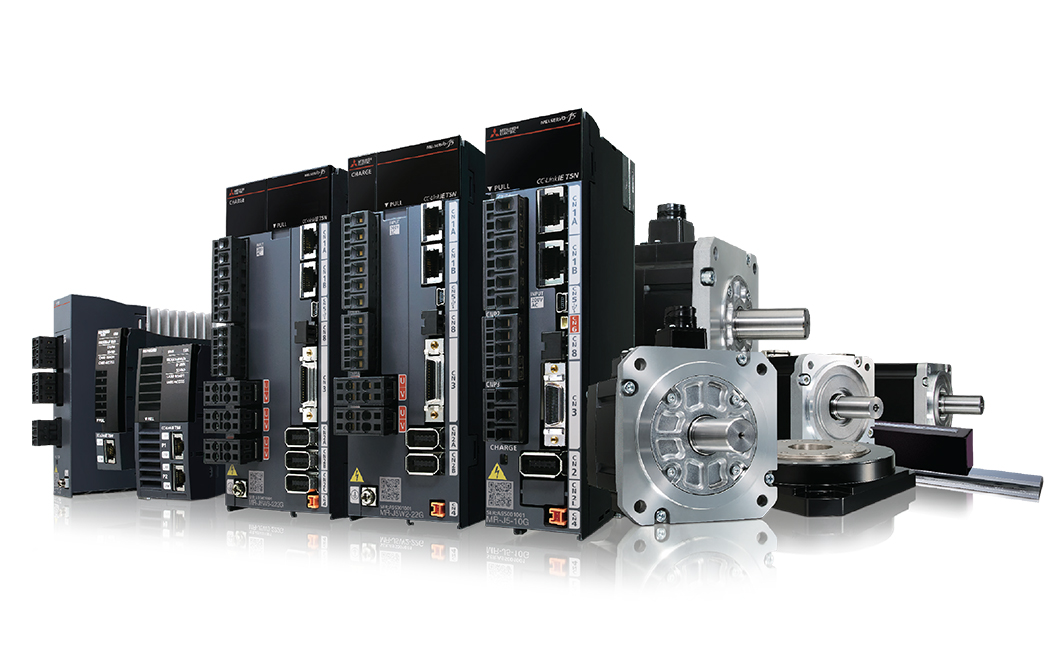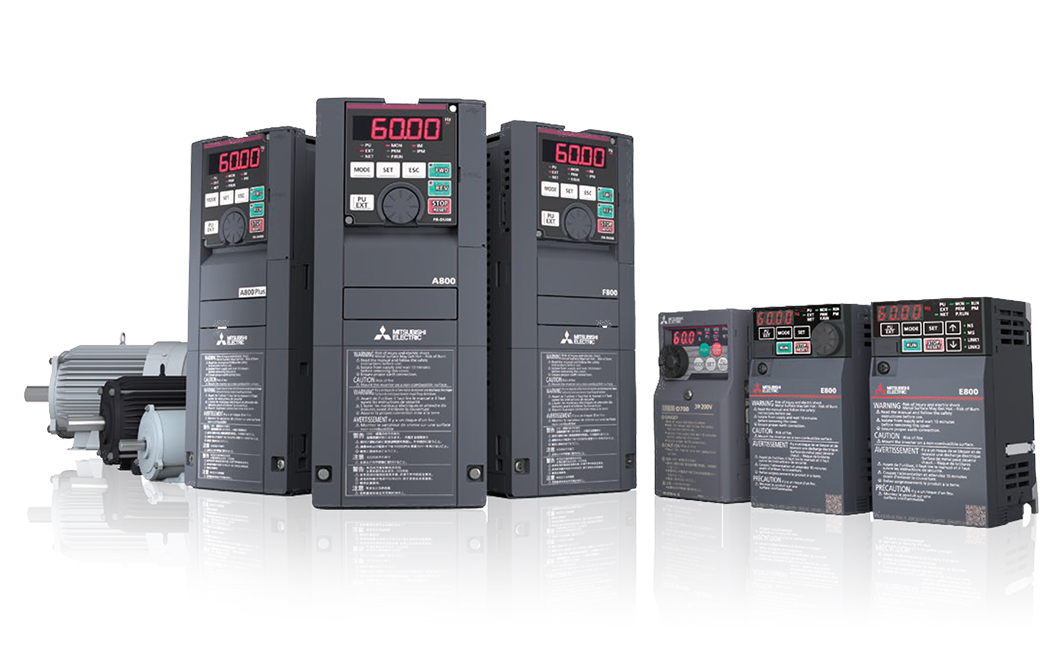Blogs
AI Delivers Smarter Maintenance, Less Downtime


Knowing when your equipment needs maintenance, an upgrade, or a replacement before a component fails is critical to preventing unscheduled and costly downtime. Learn why using artificial intelligence (AI) to keep watch over your production process can make a difference at your factory.

How many plant operators know when their equipment is due for maintenance, upgrade or replacement? And how much confidence do they place in whatever system tells them this? How about when assets are due to be replaced?
A survey by ServiceMax, a leader in field service technology, found that more than 70 percent of surveyed manufacturers don’t know when their equipment is due for maintenance, upgrade or replacement, and 74 percent don’t know when assets need to be replaced. The survey also found that unplanned downtime affected 82 percent of businesses over the past three years, with an average cost of $260,000 an hour. It's reported that 42 percent of this downtime was caused by equipment failure at a cost of $50B annually (source: IndustryWeek).
Smart maintenance protects margins
Zero unplanned downtime is now a top priority for most manufacturers. One way to make maintenance smarter is through artificial intelligence (AI). By analyzing data collected from different sources, AI can deliver actionable insights on the status of a machine component or the machine itself. AI also has an unmatched ability to process large volumes of data, recognize patterns, make predictions, and give practical advice on actions to take..
According to digital transformation, consultant Capgemini, machinery maintenance and quality, are the leading AI transformation projects in manufacturing operations today. McKinsey says predictive maintenance can reduce machine downtime by up to 50% and increase machine life by up to 40%. Results like these are why global research and analyst firm, ABI Research expects AI-enabled industrial devices to have an installed base of 9.8 million over the next two years.
With AI, planned maintenance can be based on actual usage and wear characteristics and maintenance can be very focused. Technicians are told by the machine which components need inspection, repair, or replacement. These insights lead to a longer Remaining Useful Life (RUL) of machines because secondary damage is avoided. AI can also help reduce auto-adjustment times, synchronize complex systems, and enable autonomous decisions to be made.
How compact AI benefits factories
Smart factory technologies like artificial intelligence (AI) and predictive analytics are about to bring big changes to the factory floor. Compact AI, which is part of Mitsubishi Electric Automation’s proprietary artificial intelligence technology, is a deep-learning algorithm that recognizes only the information necessary for carrying out specific tasks and filters out irrelevant information. This makes it possible for AI to be embedded in a wide range of automation equipment, including servos, inverters, programmable logic controllers, human machine interfaces, and more.
By embedding Compact AI into automation equipment, the equipment itself can monitor the quality of components, detect the smallest flaws in machinery, predict equipment failure and prevent unplanned downtime. Increased use of Compact AI will lead to cost reductions in production processes and incremental improvements in operational efficiency while laying a foundation for networked, information-based automation systems.
Smart and powerful servos
Compact AI has already been designed into Mitsubishi Electric Automation’s servo systems to lower maintenance costs and reduce total cost of machine ownership. When predictive maintenance capabilities are based within the servo itself, the servo amplifier can monitor belt drives, ball screws, linear guides, and gears to detect and diagnose impending failures, improve uptime by detecting mechanical component deterioration through friction and changes in vibration values, and generate warnings in advance of failures.

Compact AI also enables quick tuning. Users can tune the servo mechanism in approximately 0.3 seconds. No tuning experience is required because gain values are automatically generated, reducing machine setup time and effort. The system is also able to effectively suppress vibration on both the load and the machine base at frequencies as low as 100 Hz.
Smart servos merge information technology (IT) and operational technology (OT), so they can support CC-Link IE TSN®, a time-sensitive network that enables time synchronization across all connected devices at 1 Gbps. This high-speed industrial Ethernet network also enables advanced edge computing benefits and easier IIoT adoption.
For more information on Mitsubishi Electric Automation’s smart servos, visit https://us.mitsubishielectric.com/fa/en/products/drive-products/ac-servos-melservo/
Intelligent inverters
AI also drives advanced diagnostics in Mitsubishi Electric Automation’s next-generation variable frequency drives (VFDs). Innovative use of Compact AI will make it possible to identify signs of inverter damage caused by hydrogen sulfide or other corrosive gases. When the production environment needs to be improved to avoid equipment failure and unplanned downtime, the operator will receive a notification. These new VFDs also have AI in the setup software to ease installation. The AI-based diagnostics can analyze downtime causes such as over-currents caused by acceleration bursts. Some inverters can detect deviation in load profiles, which may be an indication of mechanical failure such as a clogged filter or a broken belt.

Built-in programmable logic controller (PLC) functions will allow inverters to communicate with each other to coordinate operation. Compact AI will even analyze and determine the lifetime of critical components, such as capacitors, contact relays, cooling fans, and inrush current limit resistors.
See the capabilities of next-generation smart inverters at https://us.mitsubishielectric.com/fa/en/products/drive-products/inverters-freqrol/
Predicting robot maintenance
The future of manufacturing is dependent on higher levels of productivity through robotics and automation. The latest AI-based predictive maintenance simplifies robot adoption and enables plant and maintenance operators to easily understand, schedule, and optimize robot maintenance.
This advanced functionality is delivered through a plug-in card that provides three maintenance functions:
- Consumption degree calculation, which determines when maintenance is required for drive parts such as ball screws, ball splines, gears, bearings, and belts.
- Maintenance simulation, which aggregates consumption data, uses it to estimate the robot’s service life and offers a maintenance schedule based on real-world operating conditions. This function can be used even before installing the machine on the factory floor, which is especially useful for anyone concerned about the time and cost associated with industrial robot integration.
- Centralized robot management platform, which combines maintenance data with enterprise system data, utilizes cloud-based analytics to deliver highly reliable predictive models. Information generated from these predictive models can reduce the costs of both scheduled and unscheduled downtime.
More solutions for remote monitoring
The MI1000, part of the Mitsubishi Electric Automation’s MELIPC Series of industrial computers, is a low-profile solution for achieving real-time device control. Its edge computing capabilities enable data collection and analysis in the “middle level” between the IT system and the shop floor. The MI1000 provides a low-cost, compact way to introduce the Industrial Internet of Things (IIoT) at existing production facilities and comes with Telit deviceWISE® software for remote monitoring as part of a comprehensive data solution bundle known as MESUS 2.0.
Another IIoT software solution for edge devices is IoTWorX, which combines ICONICS’ cutting-edge software with its proven HMI/SCADA, analytics and mobile solutions running in the cloud. The technologies incorporated in the software provide connectivity to assets, secure cloud communications, and built-in real-time visualization.
Analytics at the edge result in minimized latency while leveraging Fault Detection and Diagnostics) technology to significantly reduce costs and improve operational efficiency. Users can connect to virtually any automation equipment through a wide array of industry-supported protocols.
For more information on ICONICS IIoT software, visit
Compact AI’s many applications
While predictive maintenance is one of the top applications for Compact AI, there are many other use cases, including:
- Quality control. In this case, Compact AI makes it possible to alert manufacturers when quality drops. It also makes it possible to collect and analyze data for improving quality.
- Waste reduction. Compact AI can help you identify areas of loss and prescribe focused actions to reduce product defects and inefficiencies, so you can predict and prevent production waste.
- Production optimization. Compact AI can search for production disturbances such as pressure deviations in pumps, leaking valves, inconsistent bearing temperatures, and more. It can then mine probable root causes and recommend the necessary improvements to remove the process or machine inefficiencies.
Building an IIoT foundation
By upgrading your automation equipment, you can increase accessibility and visibility of data collected on the factory floor and transfer information to other machines, networks, or data management platforms. You can then use this data to drive improvements in overall equipment effectiveness (OEE), make decisions in real-time to influence the production process, and use data collected from PLCs, servos, and drives to reduce maintenance costs while optimizing product quality.
With intelligent, interconnected solutions, manufacturers can lay a foundation for Industry 4.0, one that can be incrementally deployed with minimal investment. The potential payoffs of Industry 4.0 are enormous — more precise, higher quality manufacturing with lower operational costs, less downtime, and fewer injuries.
Want notifications for new Blogs, White Papers, Case Studies & Webinars?
-
Inquiries
-
Select
& Quote -
Share
-
Partners

